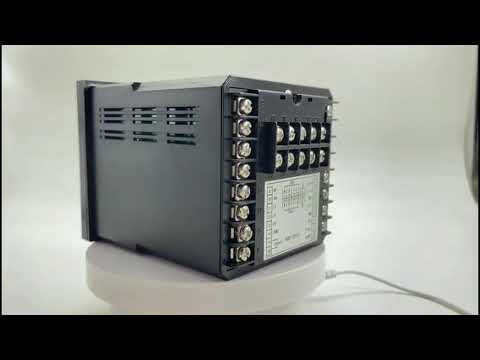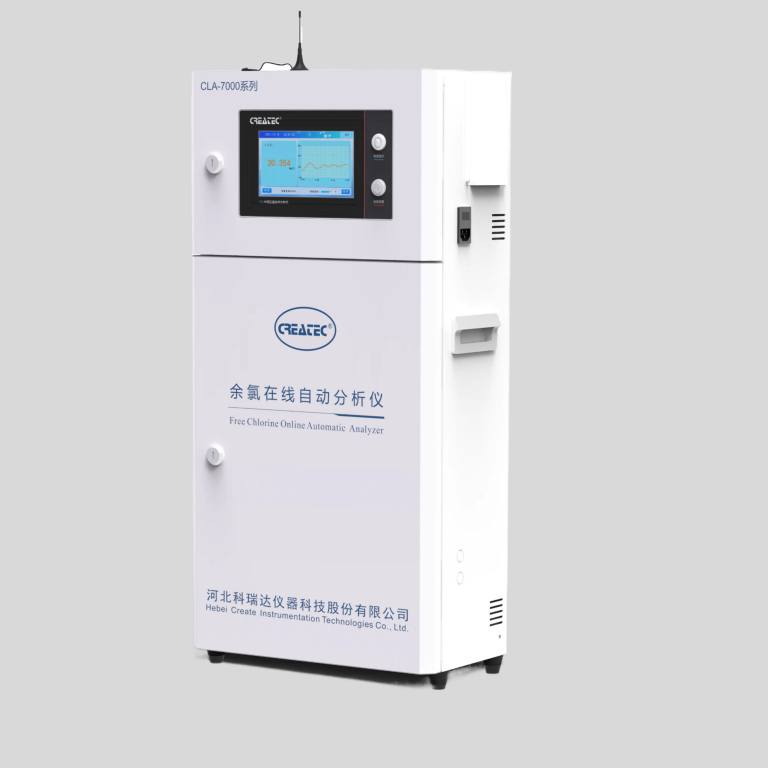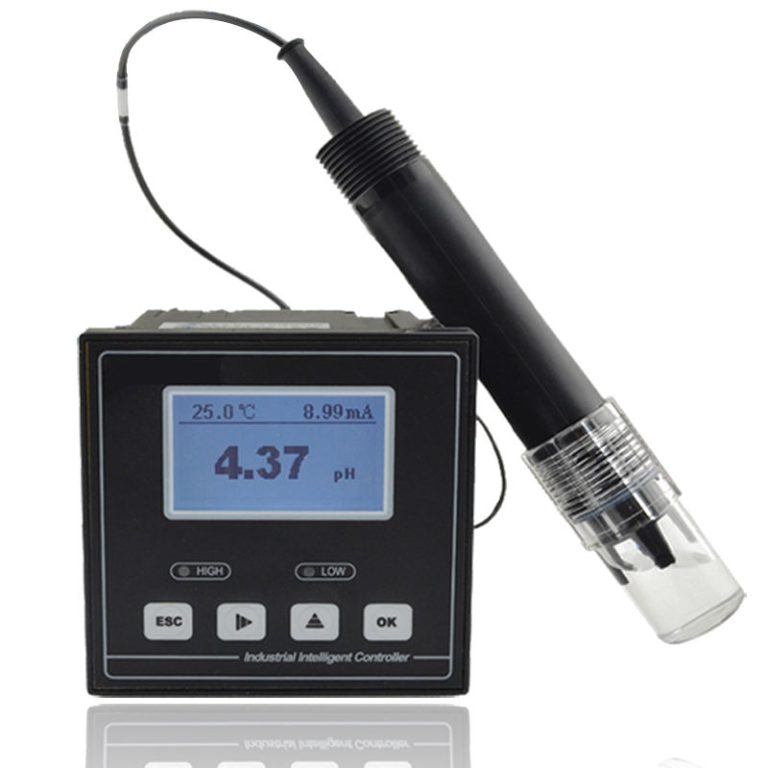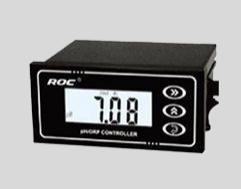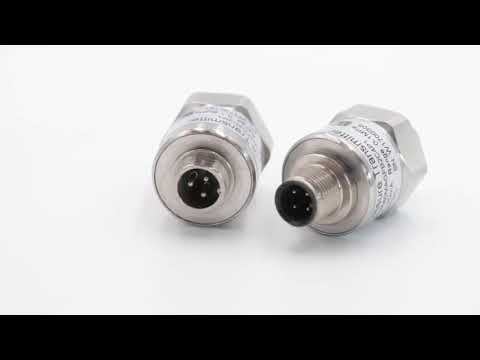The Importance of Monitoring Dissolved Oxygen Levels in Parts Per Billion (ppb)
Dissolved oxygen is a critical parameter in water quality monitoring, as it directly impacts the health of aquatic ecosystems. The concentration of dissolved oxygen in water is typically measured in parts per million (ppm) or milligrams per liter (mg/L). However, in some cases, particularly in highly sensitive environments such as aquaculture facilities or industrial processes, it is necessary to measure dissolved oxygen levels in parts per billion (ppb).
Monitoring dissolved oxygen levels in ppb is crucial for ensuring the health and well-being of aquatic organisms, as even small fluctuations in oxygen concentration can have significant impacts on their survival. In aquaculture facilities, for example, maintaining optimal dissolved oxygen levels is essential for promoting the growth and development of fish and other aquatic species. By monitoring dissolved oxygen levels in ppb, aquaculture operators can ensure that their systems are operating efficiently and that the water quality is suitable for their livestock.
In industrial processes, monitoring dissolved oxygen levels in ppb is equally important for ensuring the efficiency and effectiveness of various chemical reactions. Many industrial processes rely on specific oxygen concentrations to achieve desired outcomes, and even slight deviations from these levels can result in reduced product quality or yield. By using a dissolved oxygen meter capable of measuring levels in ppb, industrial operators can accurately monitor and control oxygen concentrations to optimize their processes.
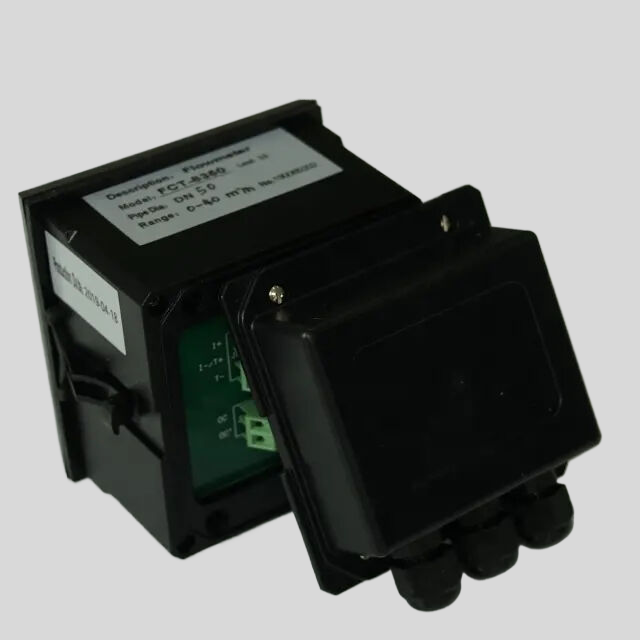
Another advantage of monitoring dissolved oxygen levels in ppb is the ability to detect and prevent oxygen depletion events. In highly sensitive environments, such as aquaculture facilities or natural water bodies, oxygen depletion can occur rapidly and have devastating consequences for aquatic life. By continuously monitoring dissolved oxygen levels in ppb, operators can quickly identify any potential oxygen depletion events and take immediate action to prevent harm to the ecosystem.
| ROS-8600 RO Program Control HMI Platform | ||
| Model | ROS-8600 Single Stage | ROS-8600 Double Stage |
| Measuring range | Source water0~2000uS/cm | Source water0~2000uS/cm |
| \u3000 | First level effluent 0~200uS/cm | First level effluent 0~200uS/cm |
| \u3000 | secondary effluent 0~20uS/cm | secondary effluent 0~20uS/cm |
| Pressure sensor(optional) | Membrane pre/post pressure | Primary/ secondary membrane front/rear pressure |
| ph sensor(optional) | —- | 0~14.00pH |
| Signal collection | 1.Raw water low pressure | 1.Raw water low pressure |
| \u3000 | 2.Primary booster pump inlet low pressure | 2.Primary booster pump inlet low pressure |
| \u3000 | 3.Primary booster pump outlet high pressure | 3.Primary booster pump outlet high pressure |
| \u3000 | 4.High liquid level of Level 1 tank | 4.High liquid level of Level 1 tank |
| \u3000 | 5.Low liquid level of Level 1 tank | 5.Low liquid level of Level 1 tank |
| \u3000 | 6.Preprocessing signal\u00a0 | 6.2nd booster pump outlet high pressure |
| \u3000 | 7.Input standby ports x2 | 7.High liquid level of Level 2 tank |
| \u3000 | \u3000 | 8.Low liquid level of Level 2 tank |
| \u3000 | \u3000 | 9.Preprocessing signal |
| \u3000 | \u3000 | 10.Input standby ports x2 |
| Output control | 1.Water inlet valve | 1.Water inlet valve |
| \u3000 | 2.Source water pump | 2.Source water pump |
| \u3000 | 3.Primary booster pump | 3.Primary booster pump |
| \u3000 | 4.Primary flush valve | 4.Primary flush valve |
| \u3000 | 5.Primary dosing pump | 5.Primary dosing pump |
| \u3000 | 6.Primary water over standard discharge valve | 6.Primary water over standard discharge valve |
| \u3000 | 7.Alarm output node | 7.Secondary booster pump |
| \u3000 | 8.Manual standby pump | 8.Secondary flush valve |
| \u3000 | 9.Secondary dosing pump | 9.Secondary dosing pump |
| \u3000 | Output standby port x2 | 10.Secondary water over standard discharge valve |
| \u3000 | \u3000 | 11.Alarm output node |
| \u3000 | \u3000 | 12.Manual standby pump |
| \u3000 | \u3000 | Output standby port x2 |
| The main function | 1.Correction of electrode constant | 1.Correction of electrode constant |
| \u3000 | 2.Overrun alarm setting | 2.Overrun alarm setting |
| \u3000 | 3.All working mode time can be set | 3.All working mode time can be set |
| \u3000 | 4.High and low pressure flushing mode setting | 4.High and low pressure flushing mode setting |
| \u3000 | 5.The low pressure pump is opened when preprocessing | 5.The low pressure pump is opened when preprocessing |
| \u3000 | 6.Manual/automatic can be chosen when boot up | 6.Manual/automatic can be chosen when boot up |
| \u3000 | 7.Manual debugging mode | 7.Manual debugging mode |
| \u3000 | 8.Alarm if communication interruption | 8.Alarm if communication interruption |
| \u3000 | 9. Urging payment settings | 9. Urging payment settings |
| \u3000 | 10. Company name,website can be customized | 10. Company name,website can be customized |
| Power supply | DC24V\u00b110% | DC24V\u00b110% |
| Expansion interface | 1.Reserved relay output | 1.Reserved relay output |
| \u3000 | 2.RS485 communication | 2.RS485 communication |
| \u3000 | 3.Reserved IO port, analog module | 3.Reserved IO port, analog module |
| \u3000 | 4.Mobile/computer/touch screen synchronous display\u00a0 | 4.Mobile/computer/touch screen synchronous display\u00a0 |
| Relative humidity | \u226685% | \u226485% |
| Environment temperature | 0~50\u2103 | 0~50\u2103 |
| Touch screen size | 163x226x80mm (H x W x D) | 163x226x80mm (H x W x D) |
| Hole Size | 7 inch:215*152mm(wide*high) | 215*152mm(wide*high) |
| Controller size | 180*99(long*wide) | 180*99(long*wide) |
| Transmitter size | 92*125(long*wide) | 92*125(long*wide) |
| Installation method | Touch screen:panel embedded; Controller: plane fixed | Touch screen:panel embedded; Controller: plane fixed |
In conclusion, monitoring dissolved oxygen levels in parts per billion (ppb) is essential for maintaining the health and well-being of aquatic ecosystems and ensuring the efficiency of industrial processes. By using a dissolved oxygen meter capable of measuring levels in ppb, operators can accurately monitor oxygen concentrations, detect small fluctuations, and prevent oxygen depletion events. Investing in a high-quality dissolved oxygen meter that measures in ppb is a wise decision for anyone involved in aquaculture, water quality monitoring, or industrial processes where precise control of oxygen levels is critical.

